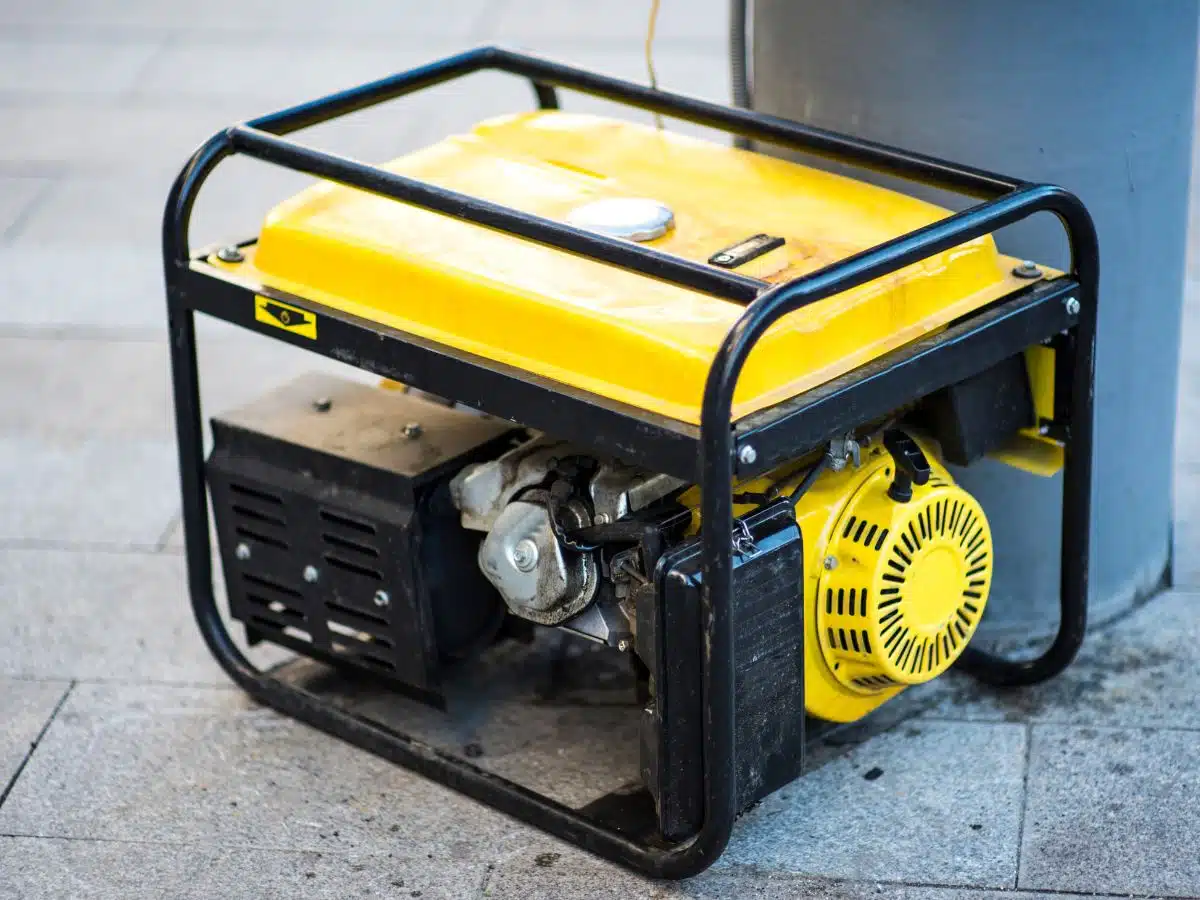Backup Power Made Easy: How to Connect a Generator to Your House
In today’s world, having a good backup power source is essential. A generator assures that your home remains powered during emergencies, whether due to hurricanes, power outages, or unexpected electrical failures. In this blog, we’ll walk you through how to connect a generator to your house safely and effectively.
Why You Need a Backup Generator
Power outages can be unpredictable and disruptive. A generator provides a seamless backup solution, ensuring your home appliances, lights, and essential systems continue functioning. From refrigerators to heating systems, a backup generator prevents food spoilage, keeps communication lines open, and ensures home comfort.
Understanding Your Generator Options
Before diving into the generator hookup process, choosing the right type of generator for your needs is crucial. There are two primary types:
- Portable Generators – Ideal for temporary power needs, portable generators are cost-effective and can be manually connected to your house.
- Standby Generators – These are permanently installed and automatically turn on during a power outage. They are a more robust and hands-free solution.
How to Hook a Generator Up to a House: Step-by-Step Guide
To safely connect your generator to your home, follow these steps carefully:
Step 1: Choose the Right Generator Size
Determine the power capacity you need by adding up the wattage of the essential appliances you’ll run during an outage. A generator rated between 5,000-10,000 watts is sufficient for most households.
Step 2: Select the Connection Method
There are several ways to connect your generator to your home, including:
- Transfer Switch: A manual or automatic transfer switch is the safest and most efficient way to connect a generator to a house. This device ensures power is safely routed from the generator to your home’s electrical panel.
- Generator Interlock Kit: A more budget-friendly option, interlock kits prevent back feeding and allow safe switching between grid and generator power.
- Extension Cords (For Portable Generators): Heavy-duty extension cords can help power essential appliances while not ideal for whole-house power.
Step 3: Install a Transfer Switch or Interlock Kit
- Transfer Switch Installation: A licensed electrician should install a transfer switch near the main panel. This allows for easy switching from grid power to generator power without the risk of back feeding.
- Interlock Kit Installation: If using an interlock kit, ensure it is compatible with your electrical panel and meets local electrical codes.
Step 4: Connect the Generator to the House
Once the transfer switch or interlock kit is installed:
- Place your generator at least 10 feet away from the house to avoid carbon monoxide exposure.
- Connect the generator to the transfer switch using a heavy-duty generator power cord.
- Ensure the generator is fuelled and ready to run.
Step 5: Start the Generator and Test the Connection
- Turn on the generator and let it stabilize.
- Flip the transfer switch to “Generator” mode.
- Check if power flows to your home’s designated circuits.
- Once the outage is over, switch back to utility power and turn off the generator.
Safety Tips When Connecting a Generator to Your Home
- Never Back Feed Power: Connecting a generator directly to a wall outlet without a transfer switch is illegal and dangerous.
- Use a Carbon Monoxide Detector: Running a generator indoors or enclosed can lead to carbon monoxide poisoning.
- Follow Manufacturer Guidelines: Always adhere to the manufacturer’s safety instructions for operation and maintenance.
- Consult a Professional: Hire a licensed electrician for safe and proper installation.
Benefits of a Professional Generator Hookup
If you want a hassle-free and safe generator installation, consider hiring professionals. At Florida Power Solutions, generator in Sarasota is essential for homes and businesses, especially during hurricane season when power outages are common. Investing in a reliable generator ensures uninterrupted electricity, keeping essential appliances and systems running.
Connecting a generator to a house is necessity for assuring an uninterrupted power supply during emergencies. Safety should always be a priority whether you opt for a generator hookup to the house via a transfer switch or a generator hookup to the house with an interlock kit.
Contact Florida Power Solutions today for professional assistance with connecting a generator to a house in Sarasota and surrounding areas! We provide expert installation and maintenance to keep your home powered when it matters most.





